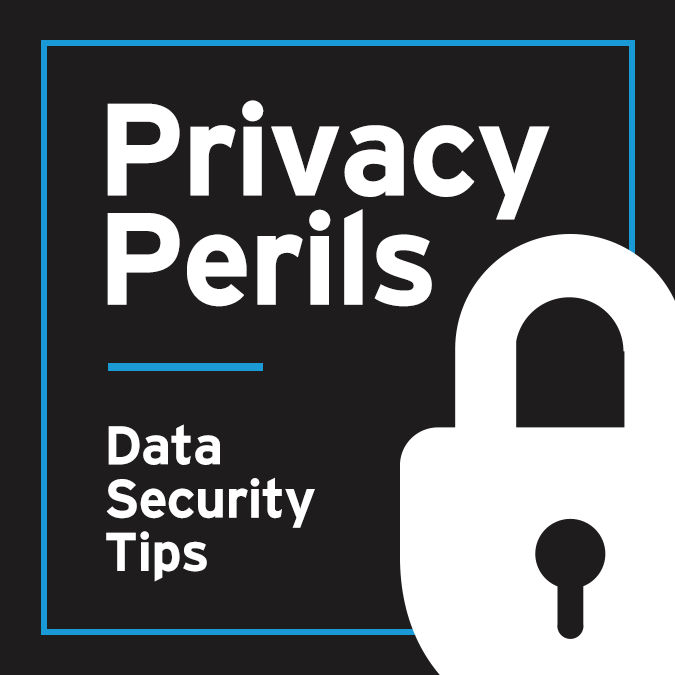Public Wi-Fi networks are a wonderful thing, particularly if you subscribe to a limited carrier data plan and have spent the month streaming Bachelor in Paradise or your favorite NCAA and NFL teams’ games. However, by definition these networks are not secure. Many businesses also offer semi-public Wi-Fi networks for their customers to use while shopping, their patients to use while waiting for their appointment, etc. These networks typically call for a password to access, but the password is freely available to nearly any person in range, often prominently displayed or, for example, printed on a handy card placed in a reception area. Somewhat less public, though still not secure, is a Wi-Fi network provided by a business or organization requiring password access, but provides the password on a semi-confidential basis to those attending a conference, staying in a hotel, etc.
By now we have been sufficiently reminded that most public Wi-Fi networks are not secure and should not be used to communicate confidential or privileged information. We pride ourselves on remembering not to access those networks when not appropriate. Nevertheless, you would be surprised at how many public Wi-Fi networks you have accessed, sometimes without even being aware it has occurred. A quick look at the number of networks your phone has saved will be eye-opening. Some level of a “public” Wi-Fi network can be found at fast food and other restaurants, department stores, grocery stores, airplanes, cruise ships, athletic venues, medical provider offices and medical facilities, law offices, and, yes, even religious facilities. Particularly concerning is that many networks provide an “Auto Connect” feature that, if selected, will log you back in to the network without your realization. More troubling still, often the Auto Connect option is selected by default, and you must affirmatively deselect the feature to stay off the network.
“Yes,” you say, “but I am that savvy person who always turns off my Wi-Fi when I leave my house or another secure network.” Do you really? And even if you do, have you (wittingly or not) enabled the “Turn on Wi-Fi automatically” [Android] or deselected the “Ask to Join Networks” [iPhone] feature on your phone? Notably, Xfinity offers an open network (“xfinitywifi”) and a secure, encrypted network (“XFINITY”), both of which provide for automatic sign-in, so be particularly diligent in choosing between the two networks.1
Here are a few best practices tips to help you keep your internet connection secure (or at least make you aware or remind you when it is not):
1. Monitor your saved2 Wi-Fi networks closely, and manage them regularly3;
2. Delete (“Forget”) unnecessary or infrequently used networks4;
3. Do not grant Auto Connect permissions to a public Wi-Fi network, and regularly check the networks in your history to confirm that Auto Connect is not enabled5; and
4. Enable the Wi-Fi notifications feature6 that informs you when Wi-Fi is available or connected.
 Check out our series, Privacy Perils, to learn what steps you can take to guard your personal and company data. For more information about this topic and other cyber security concerns, please contact a member of our Privacy & Data Security team.
Check out our series, Privacy Perils, to learn what steps you can take to guard your personal and company data. For more information about this topic and other cyber security concerns, please contact a member of our Privacy & Data Security team.
1 https://www.xfinity.com/support/articles/about-xfinity-wifi-internet; https://www.xfinity.com/support/articles/secure-vs-open-xfinity-wifi
The Xfinity Wi-Fi Hotspots application showing available hotspots can be downloaded from the App Store or Google Play Store.
2 Android and iOS settings can vary by version, so these instructions may not exactly match your particular device.
Android: Connections > Wi-Fi > Advanced > Wi-Fi control history
iPhone: You can view your nearby connections [Settings > Wi-Fi], but cannot see your other saved networks unless you have “iCloud Keychain” enabled. Effectively, this means you cannot manage your saved networks on your phone except when they are nearby.
3 Android: Connections > Wi-Fi > Advanced > Manage Networks
iPhone (for nearby networks): Settings > Wi-Fi. Select the ” ![]() ” icon, then select or deselect “Auto-Join” and/or “Auto-Login.”
” icon, then select or deselect “Auto-Join” and/or “Auto-Login.”
4 Android: Connections > Wi-Fi > Advanced > Manage Networks > Saved Networks > [particular network] > Forget
iPhone: Settings > Wi-Fi > [particular network] > Forget this Network
5 Android: Connections > Wi-Fi > Advanced > Manage Networks > Saved Networks > [particular network] > Auto reconnect
iPhone (for nearby networks): Settings > Wi-Fi > Ask to Join Networks. Note that previously-joined “Known” networks will be joined automatically, so you will have to deselect “Auto-Join” and/or “Auto-Login” when that network becomes nearby.
6 Android: Connections > Wi-Fi > Advance > Wi-Fi notifications
iPhone (for nearby networks): Settings > Wi-Fi > Ask to Join Networks.


